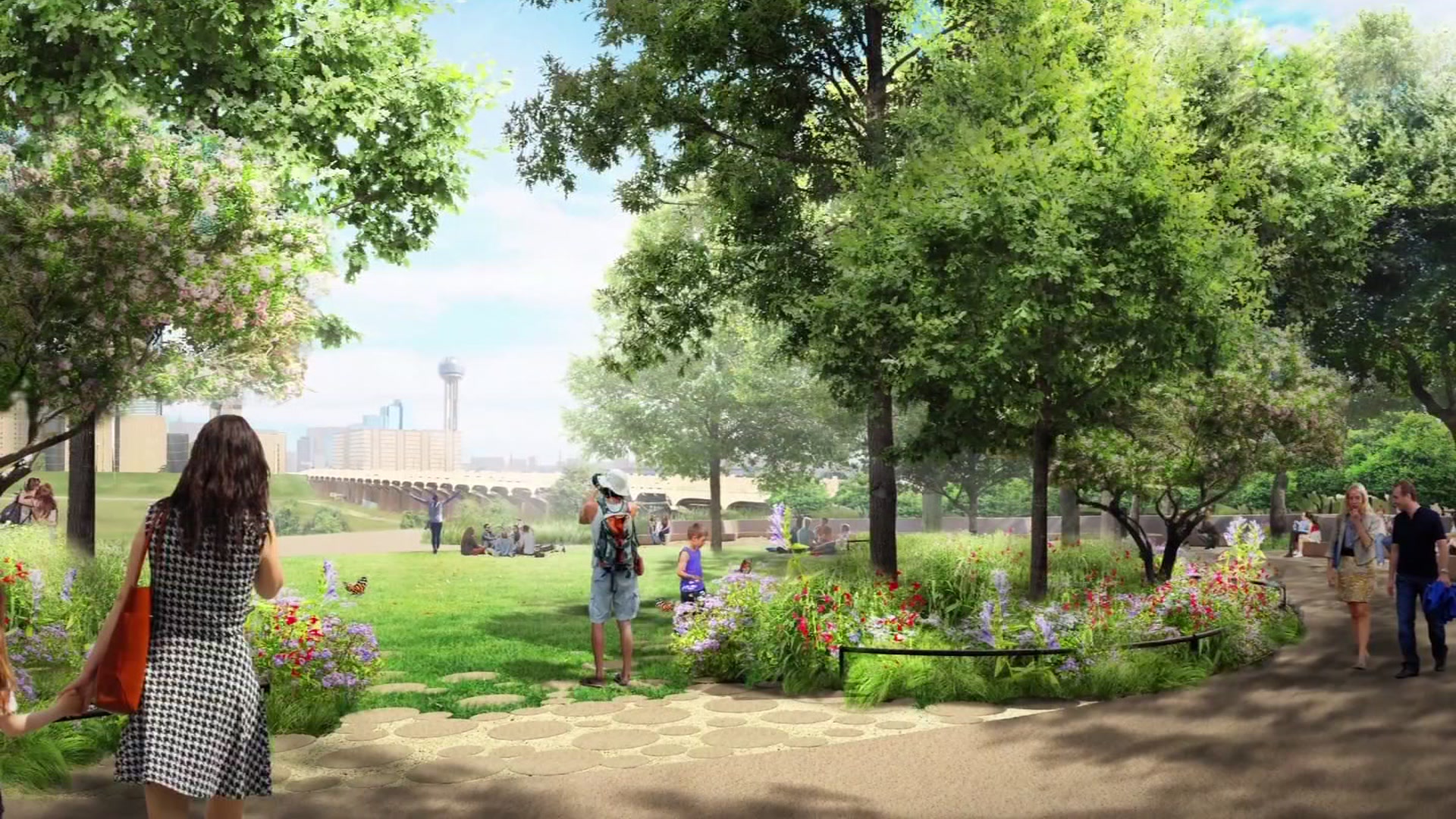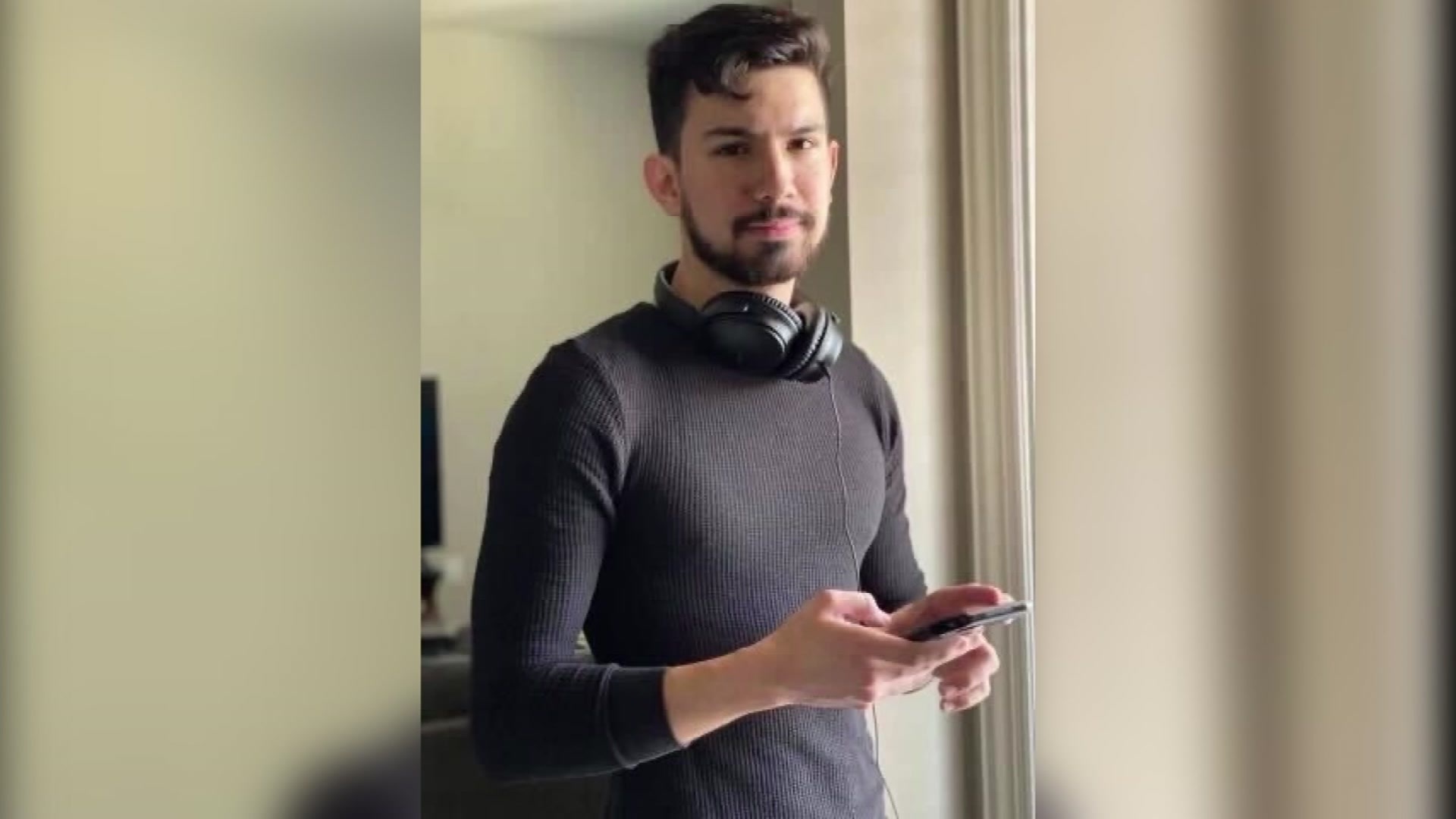A new high-tech interactive museum at the Bexar County Courthouse offers a glimpse of the county's origins as a frontier settlement at the seat of a massive district that extended all the way north into Wyoming.
Texas was a republic then.
The San Antonio Express-News reports the $2.9 million Bexar County Heritage Center, which officially opened Oct. 8, also delves into the area's early history when indigenous people were the local residents and continues on through the years as Bexar evolved into the urban county it is today, providing health care, flood control, criminal investigations and many other services.
Patrick McMillan, senior designer with Toxey/McMillen Design Associates, which prepared the exhibits, said he was mindful when planning the project of a running joke in the museum industry that people remember 10% of what they read and 90% of what they do.
"We tried to create it as immersive, as interactive as possible, so that you are actually living the past rather than just seeing it or reading about it," he told more about 150 people at the dedication.
Bexar County Judge Nelson Wolff said the "one-of-a-kind heritage center (will) accent this historic treasure" -- the 1896 courthouse, which has undergone numerous restorations in recent years.
"We try to do two things in this museum. One is to tell you about the history in Bexar County," Wolff said. The other is to explain what the county does and has done for people in and around San Antonio.
Local
The latest news from around North Texas.
"So you're going to be able to get an understanding of what we do, and the projects that have been important to our community," Wolff said.
The center, which has free admission, covers about 2,000 square feet, with 17 high-definition videos and interactive video stations; 20 display panels; about 50 artifacts; and a BiblioTech station, where county residents can access electronic books and other reading material.
It begins with a playful introductory video and an interactive video timeline, and looping video presentations of actors portraying some of the county's most colorful figures from history, including James Trueheart, who served as county clerk during early Texas statehood in the late 1840s, after being locked up for two years in a Mexican prison.
Visitors enter a World Heritage display through carefully replicated mission arches that mirror the color and texture of San Antonio's five Spanish colonial missions. One observer noted that it looked like Disneyland; in fact, Toxey/McMillen has done work on several Disney projects.
One text panel at the Bexar museum explains that after Texas won independence as a republic in 1836, Bexar was one of 23 original counties, extending north and west into New Mexico, Colorado, Oklahoma and Kansas, with an elongated strip of land reaching into Wyoming.
The center's Heritage Theater shows an animated film on the history of Bexar County along its waterways, narrated by a Native American woman with an emphasis on the community's diverse cultures.
A multimedia Crime Scene Theater, with family-appropriate content, uses monitors and wall projections to tell a tale of an apparent suicide that turns out to be a homicide, as investigators and county forensics officials "take apart the scene, clue by clue, then find the murderer and take the case to trial."
Anne Toxey, director of Toxey/McMillan, said her firm worked with the Bexar County Sheriff's Office and Criminal Investigation Laboratory to develop a fictitious but "highly plausible" crime scene scenario.
Other county entities, initiatives and projects highlighted at the center include the Bexar County Hospital District, the county's 2008-2013 Mission Reach project on the San Antonio River, the AT&T Center, the Tobin Center and the San Pedro Creek Improvements Project, which is still in progress.
Fisher Heck Architects and Marksmen General Contractors were hired for the project, which was in planning since 2004, and under construction the past 18 months. Toxey, who has worked on the project since 2013, said the center is designed to serve each of the three primary types of museum visitors: "streakers, strollers and studiers."
"We believe in having a party in a phone booth. We want to have so much material that you want to come back and see more. We don't actually want you to get it all in one visit," Toxey said. "I would expect people to come for about 20 minutes, and then come back later for another 20 minutes and kind of dig deeper each time."
"There's plenty to do here for all ages," said Betty Bueche, Bexar Heritage & Parks Department director. "It is an interpretive center. And the whole purpose of interpretation is to get people interested enough that they want to find out more, do more, participate more."



